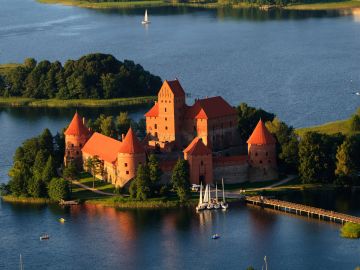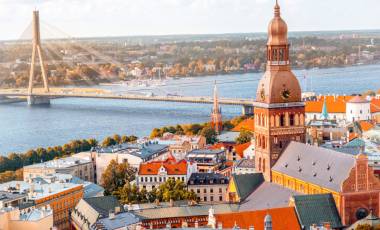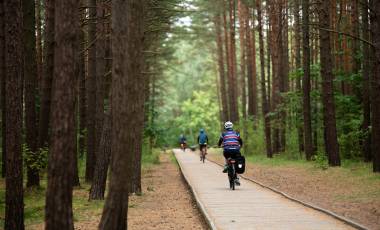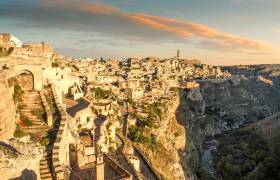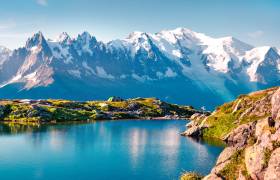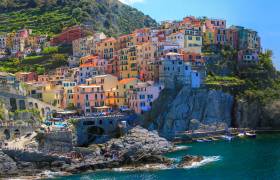Read time – 3 minutes
Estonia, Lithuania and Latvia, together known as the Baltics, are amongst Europe’s most misunderstood destinations. They don’t feature highly on most travellers’ radars, yet are often named as underrated or hidden gem destinations. One of the biggest unanswered questions in travel is this: why aren’t they more popular?
Baltic Highlights
So we put the question to our travel experts, to see what they had to say, and their answer was unanimous: the Baltics aren’t what you think. They will surprise you.
Time and again, travellers coming home from the Baltics report how very different their experience was compared to what they expected.
“I always thought they were poorer countries,” admits Exodus’ Product Manager Vivien Urban, who has visited all three countries. “I was surprised!”
Estonia, for example, is a huge player in the tech scene: you may be surprised to learn that this nation is the home of Skype, and many of Europe’s brightest and fastest-growing technology and development is originating from one of the three Baltics countries.
Their economies are growing faster than you may think – though they were under Soviet Rule for many years, only regaining their independence in 1991, they have regained a western outlook since. “They certainly feel more European than Russian.” Confirms Vivien. And they’re recovering from occupation swiftly.
Our Discover The Baltics tour lets you discover the architecture, culture and history as you explore these three incredible countries.
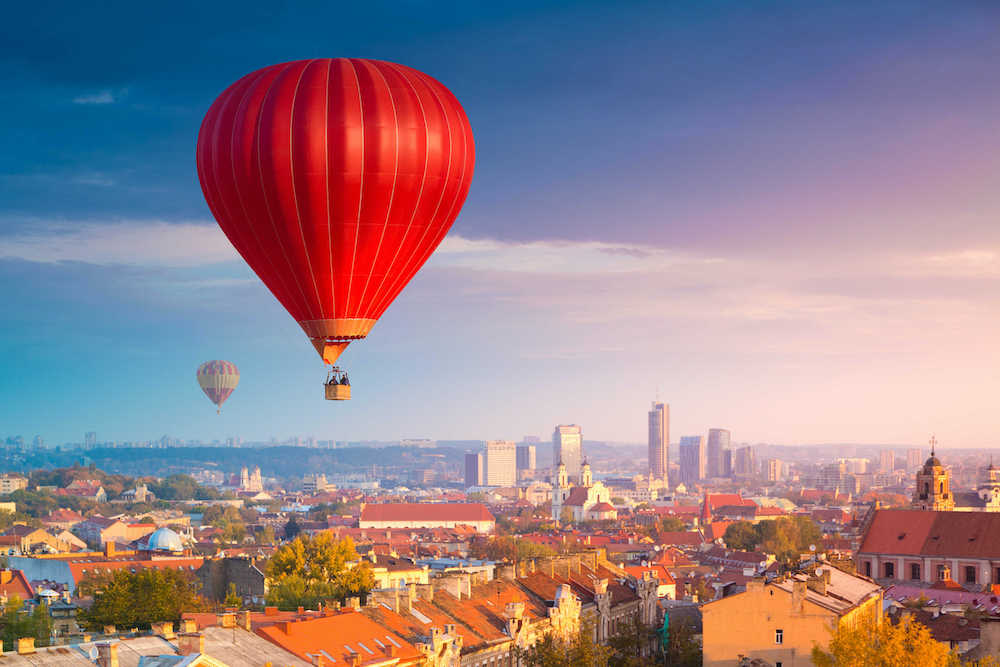 Hot air balloons over Vilnius
Hot air balloons over Vilnius
Baltic Food
In fact, Scandinavian culture is hugely influential here – some of the most exciting high-end dining is influenced by concepts like Swedish lagom and New Nordic Cuisine movement.
Exodus Product Manager Natasha Black, who manages our Baltics holidays, particularly recommends the food in Riga, the Latvian capital. “The food in Riga was fresh and healthy, with lots of fresh fish, broths, vegetables and these great dumplings – quite similar to Scandinavian food.”
You can see the similarities elsewhere, in the coloured buildings that define the towns and cities here; expect street scenes full of brightly painted houses and cheery dispositions.
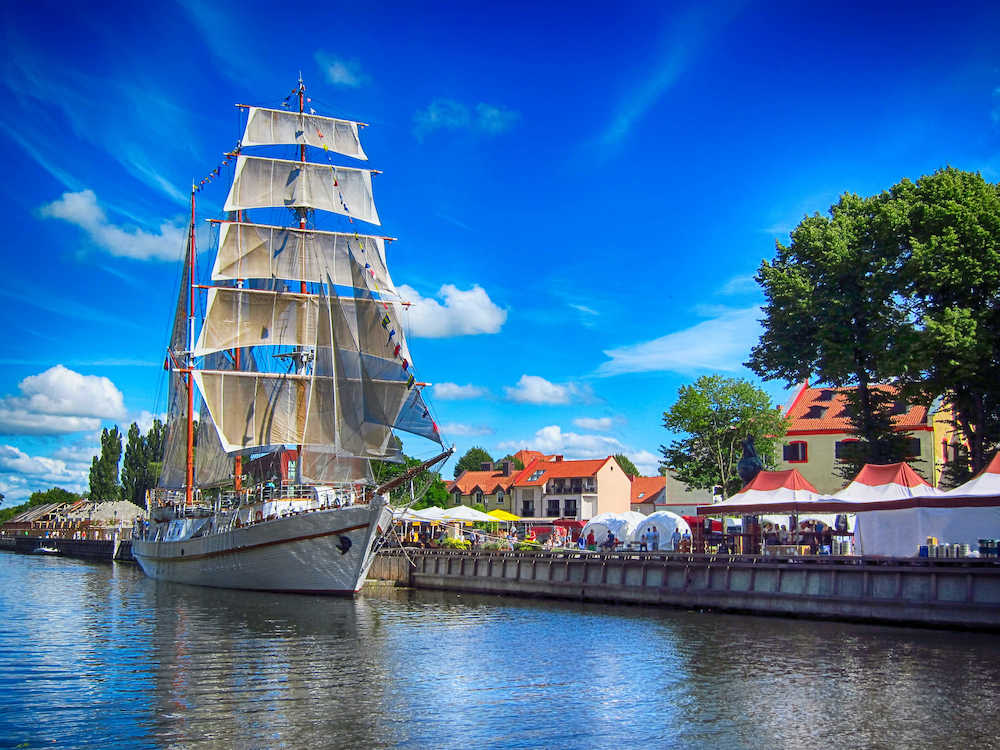 Historic ship in Klaipeda Harbour
Historic ship in Klaipeda Harbour
Baltic History
For all this forward-facing approach, there’s still a rich cultural heritage to be found here. Traditional folklore somehow survived 46 years of Soviet Occupation, the Cold War, and some of the most complex history in the north of Europe.
To travel here is to see a resilience that’s hard to translate into words; ten minutes on the Hill of Crosses in Lithuania is just a glimpse into the strength and determination of a people who refused to surrender their identity.
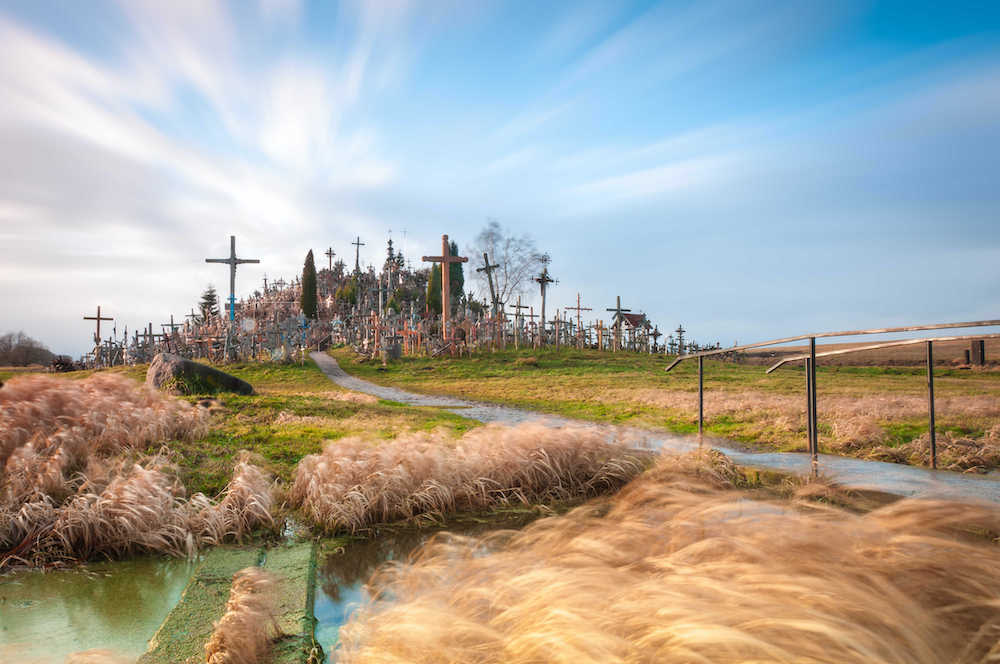 Hill of Crosses
Hill of Crosses
Visiting the Baltics
For all that unites them, we don’t always appreciate these three distinct countries for their own individual merits. They’re all different; just because they were once occupied by the same force does not mean they have homogenised their own personalities.
By travelling through each consecutively, a border-crossing Baltic adventure reveals the differences and idiosyncrasies of each nation. None are particularly large in terms of landmass, making it easy to get around; instead, they pack a concentrated punch.
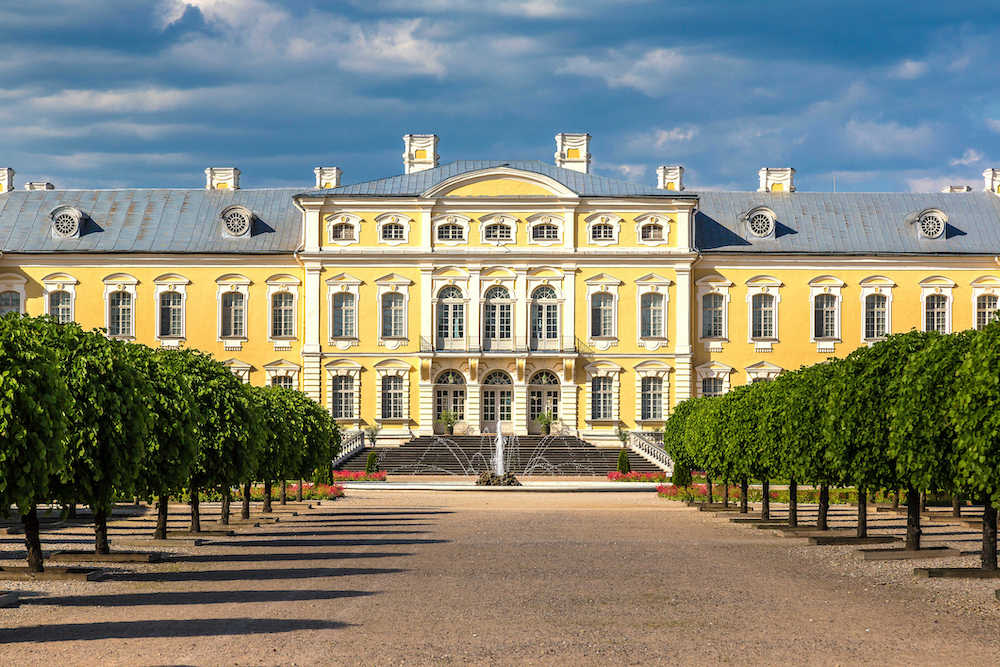 Rundāle Palace
Rundāle Palace
Baltic Landscapes
Another surprise for many is the landscapes.
You won’t find towering mountains here; this landmass is famously flat, accounting for its popularity with laid-back cyclists looking for a ride with a rich cultural exploration tied in. But that doesn’t mean you should discount the landscapes to be found here – many visitors are surprised by the scenic splendour to be found here.
Our Cycle the Baltics tour takes you among some of the most impressive landscapes.
“In my opinion, the Baltics states are underrated because they offer a lot in terms of nature and wildlife that you probably wouldn’t think of. They have lots of national parks and nature reserves.” Enthuses Vivien.
“Estonia has almost 3800km of coastline and so many islands that it’s hard to find a consensus amongst sources for how many actually count as islands! It’s in the thousands, for sure. The mainland is covered in forests, lakes, and meadows.”
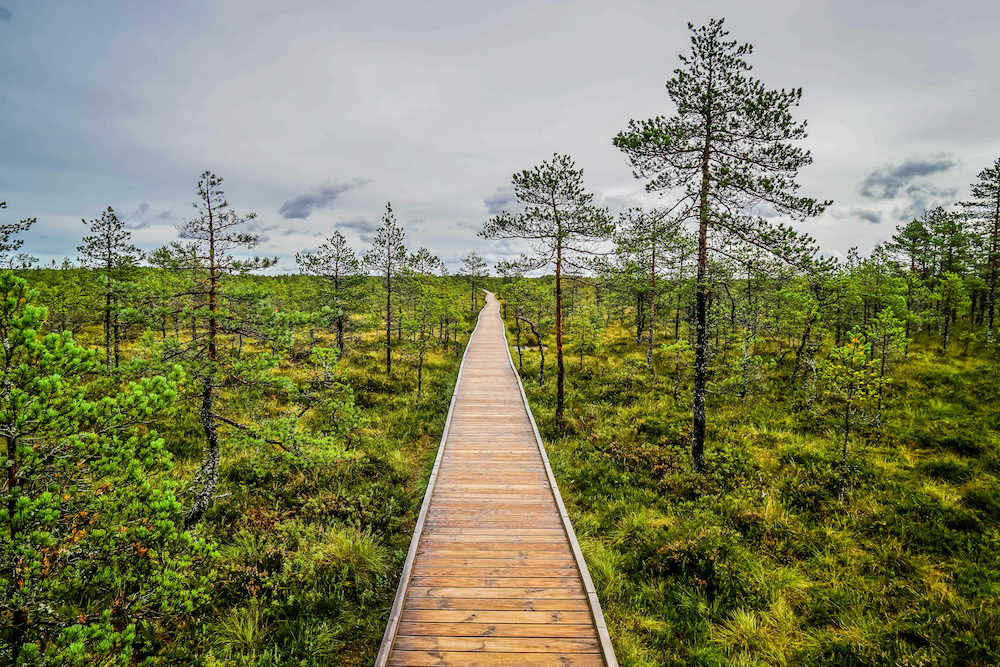 Lehamaa National Park
Lehamaa National Park
Latvia’s Beaches
Our local partners agree. “Most first-time visitors are amazed at how beautiful Latvian beaches are,” says Lina Bernotaite, Head of Operations for our Baltics adventures.
Her favourite coastal caper? “Just 20km from the capital is the best seaside resort in the Baltics – Jurmala. Come here in summer to relax on a wide golden sand beach with endless dunes on the edge of a sunny pine forest, have a stroll along wooden art nouveau villas, book treatments at superb spa hotels or enjoy fine-dining in gourmet restaurants.”
So, if the Baltics haven’t been on your radar until now, perhaps they ought to come up a notch or two. Because these small, diverse and exciting nations have much more to offer the discerning adventurer than you may think.
If you want to discover the Baltics for yourself, take a look at more of our tours below.
